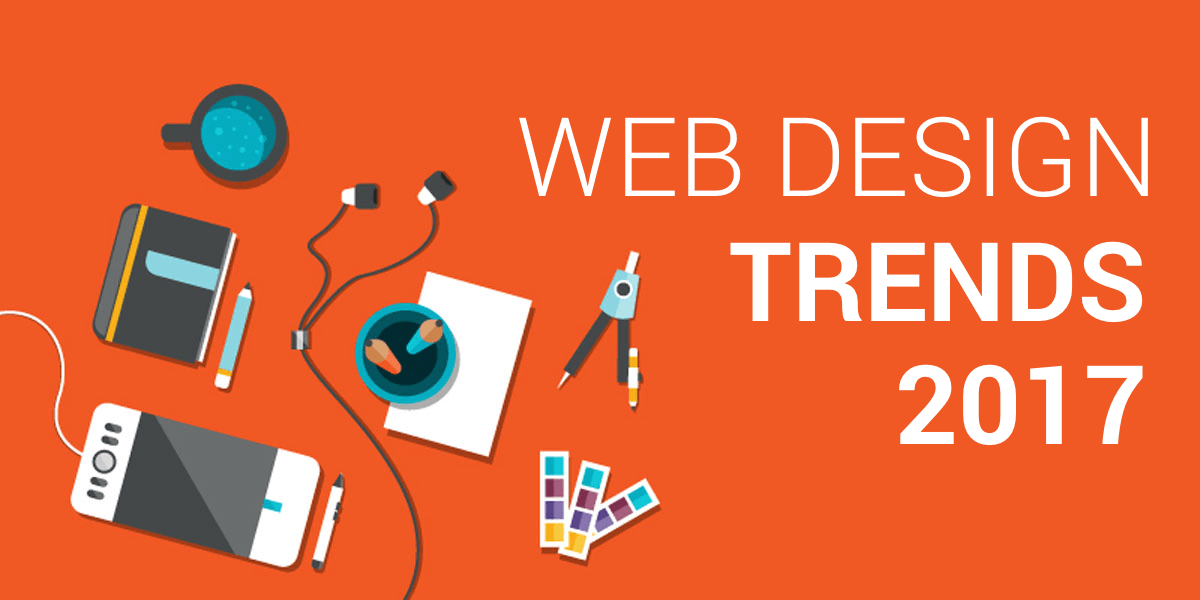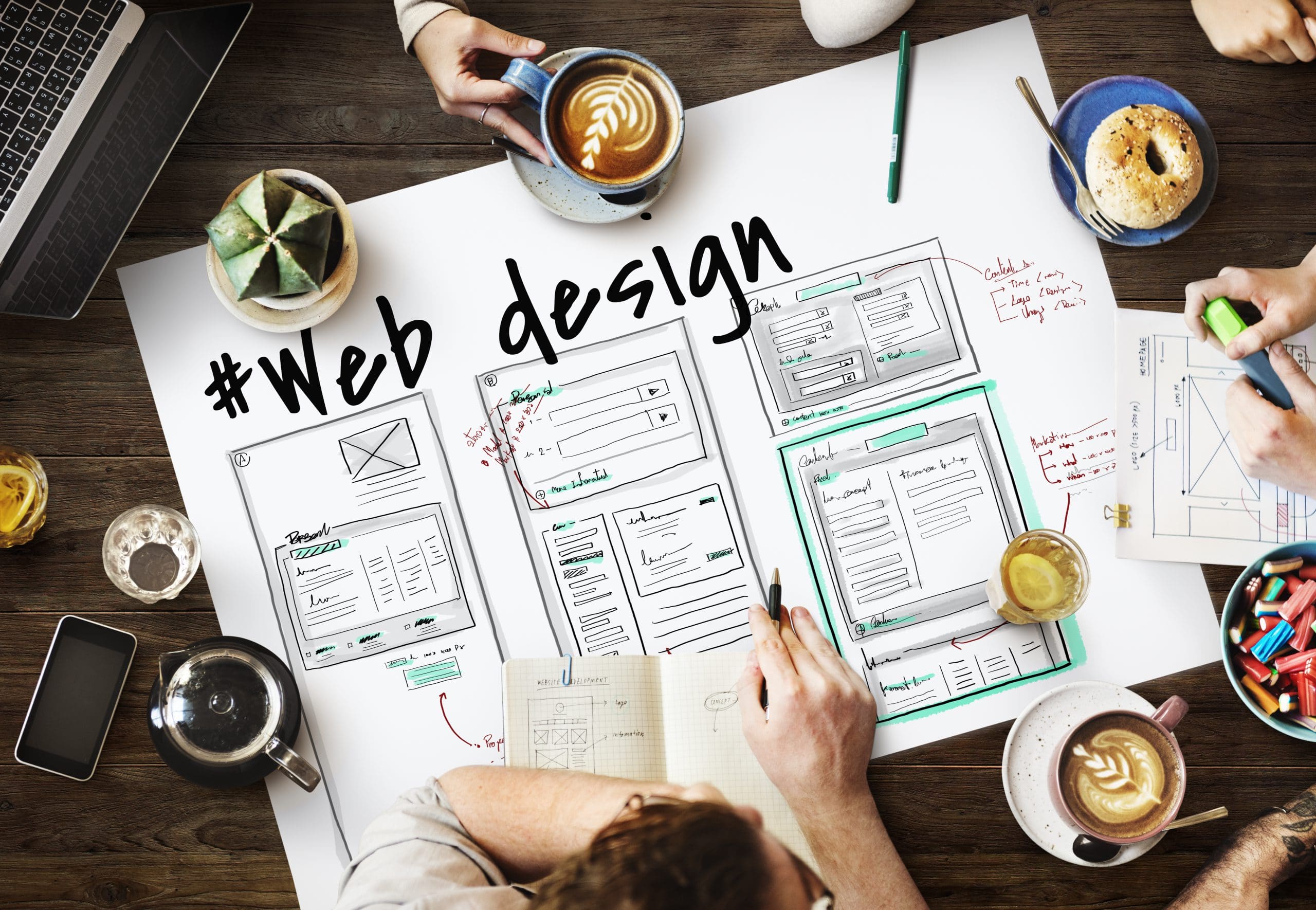Aligned Position Web Design: Perfectly Designed Websites to Capture Your Audience’s Attention
Aligned Position Web Design: Perfectly Designed Websites to Capture Your Audience’s Attention
Blog Article
The Most Effective Sorts Of Website Design to Boost Customer Experience and Involvement
In the ever-evolving landscape of electronic interaction, the effectiveness of Web design substantially influences individual experience and engagement. Different layout strategies, such as minimalist, responsive, and interactive designs, each offer special benefits that can provide to varied user needs.
Minimalist Website Design
As electronic landscapes come to be progressively messy, minimal website design has arised as an effective approach to enhancing user experience. This style approach prioritizes simplicity, concentrating on essential elements while removing unnecessary disturbances. By making use of enough white space, simple navigation, and a limited shade scheme, minimalist style promotes clarity and guides individual focus to essential content.
The core principle of minimal website design is to create a smooth communication for customers. By minimizing cognitive lots, users can promptly realize information without really feeling bewildered. This direct method not just improves use yet likewise urges engagement, as visitors are most likely to discover a site that is aesthetically enticing and easy to navigate.
Furthermore, minimal style usually stresses typography and images, using these aspects strategically to communicate messages successfully. This concentrate on crucial elements can improve brand name identification and develop an unforgettable individual experience. Essentially, minimalist Web layout is not just a pattern; it is a thoughtful approach that acknowledges the value of user-centered layout. By removing extraneous aspects, designers can create a much more interesting, effective, and satisfying Web experience for all users.
Receptive Web Layout
In today's varied digital atmosphere, receptive website design has come to be crucial for developing a seamless user experience throughout a multitude of tools. As users access web sites on smart devices, laptops, desktops, and tablets, the capacity of a web site to adjust its layout and web content to different screen sizes and resolutions is important.
Receptive Web layout utilizes flexible grids, images, and CSS media inquiries to make certain that Web content is offered ideally, no matter the tool made use of. This approach not only improves the aesthetic appeal of an internet site however likewise dramatically enhances functionality. Customers are most likely to involve with a website that offers a consistent experience, as it removes the stress of needing to zoom in or scroll exceedingly.
By taking on responsive layout, businesses can improve their presence and get to a broader audience. In recap, receptive Web layout is an essential practice that improves individual experience, interaction, and total satisfaction.
Interactive Web Design
Receptive Web layout prepares for boosting user experience, yet interactive Web layout takes this an action better by engaging customers in an extra vibrant way - Aligned Position Web Design. By incorporating components such as animations, clickable prototypes, and real-time feedback, interactive Web design astounds individuals, attracting them right into a richer browsing experience
This method not only fosters interaction but also motivates users to explore content actively as opposed to passively consuming it. Techniques such as gamification, where customers make benefits for finishing jobs, can significantly boost the moment spent on a site and boost general complete satisfaction. Interactive features can streamline complicated information, making it extra absorbable and delightful.

Including interactive design aspects can additionally lead to greater conversion prices, as individuals are most likely to engage with a site that proactively entails them. Aligned Position Web Design. Ultimately, interactive website design changes user experiences into unforgettable journeys, guaranteeing that visitors return time after time
Flat Layout
Characterized by its minimalistic approach, level design emphasizes simpleness and capability, removing unnecessary aspects and concentrating on essential features. This style ideology focuses on use, ensuring that users can navigate interfaces with convenience and performance. By using a tidy visual, level style gets rid of the clutter typically discovered in much more elaborate styles, thus boosting customer emphasis on material and performance.
The trademark of flat design depends on its use bold shades, straightforward typography, and geometric forms. These aspects add to a visually appealing user interface that is both approachable and modern-day. In addition, flat style fosters a feeling of clearness, enabling users to recognize crucial actions and details without disturbance.
In addition, flat style is specifically reliable in responsive Web layout, as its simplicity equates well throughout various tools and screen sizes. By concentrating on important functions, level layout not just meets user requirements yet also encourages seamless communication, making it an essential component of efficient Web style approaches.
Adaptive Web Layout
Adaptive Web design personalizes visit this site right here the individual experience by developing numerous fixed designs customized to various screen sizes and devices. Unlike responsive style, which fluidly changes a solitary design, flexible style utilizes distinctive formats for specific breakpoints, guaranteeing optimum presentation on various platforms. This strategy allows developers to focus Check Out Your URL on the unique characteristics of each device, enhancing functionality by providing exactly what individuals need based on their context.
One of the main advantages of adaptive Web design is its capacity to maximize tons times and performance. By serving customized web content and photos that fit the individual's gadget, web sites can minimize information usage and improve loading speeds. This is specifically advantageous for users with slower connections or limited information strategies.

Furthermore, flexible design promotes a more regulated and consistent branding experience. Since developers create several layouts, they can guarantee that the aesthetic components align with the brand name's identity throughout various platforms - Aligned Position Web Design. This leads to a natural customer experience, enhancing interaction and promoting individual retention
Verdict
In conclusion, the combination of minimal, receptive, and interactive Web design concepts considerably improves individual experience and involvement. Minimal design fosters clearness and emphasis, while responsive design guarantees versatility across different tools, advertising ease of access. Interactive style captivates users with dynamic elements, motivating expedition and personalization. Collectively, these design approaches contribute to the development of easy to use atmospheres that not just enhance contentment but also drive higher conversion prices, underscoring their crucial significance in contemporary Web style methods.

Minimalist style promotes quality and emphasis, while receptive layout ensures adaptability across different gadgets, promoting availability. Jointly, these layout comes close to add to the development of straightforward settings that not just boost satisfaction but also drive higher conversion prices, underscoring their important significance in modern Web design methods.
Report this page